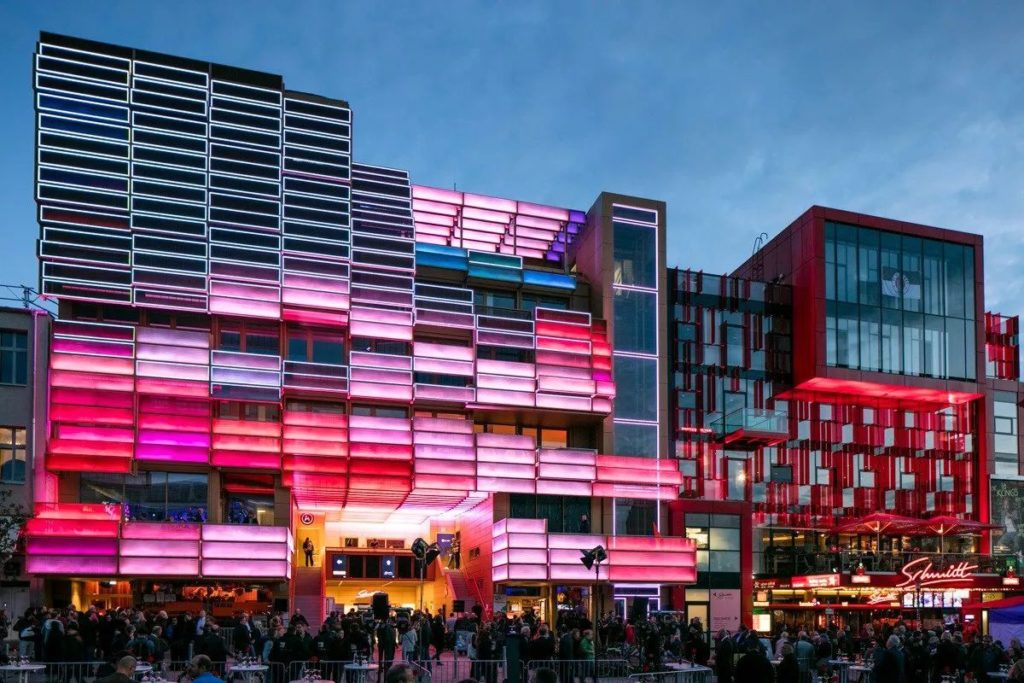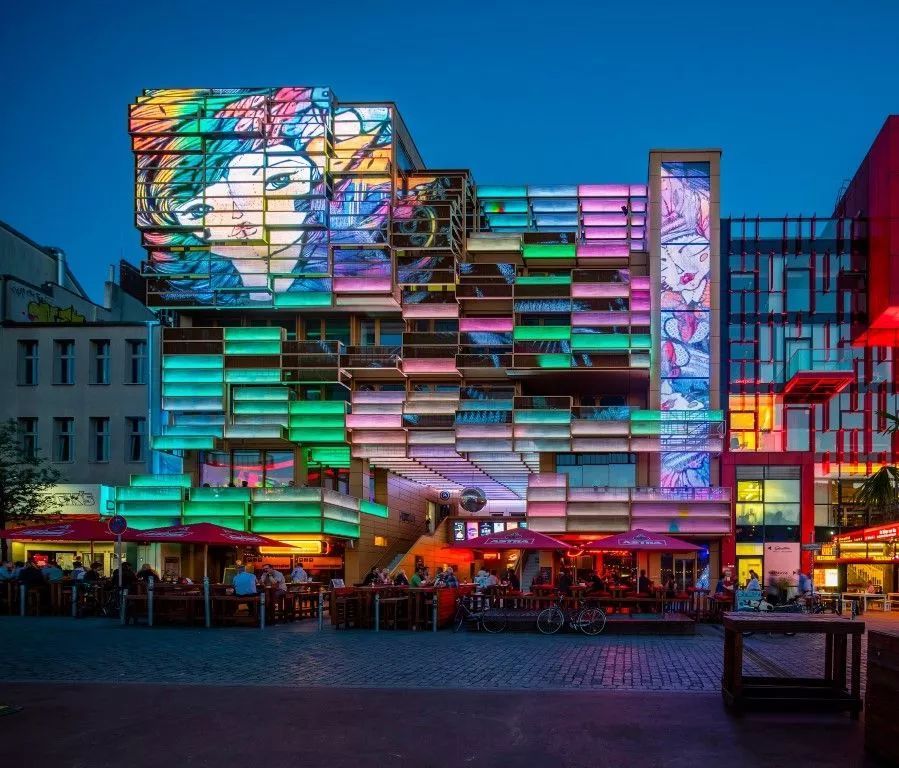Uncategorized
The world’s first transparent media facade to customize the most unique visual effects for you

This eye-catching, world-famous Klubhaus St.Pauli media façade is located in one of Hamburg’s main entertainment and nightlife districts. The six Floors building space includes a music club, office space, bars and restaurants, and live performance venues.

The design includes a combination of architectural and media installations, where dynamic images and architectural structures are equally important elements in shaping building identity. This is not the only reason why Klubhaus St.Pauli’s media facade is different from traditional architectural screens. The transparency of the facade is also unparalleled. Core visual effects (art video animation) are tailor-made for the building and correspond to the structure, location and use of the building.The building area is 5,000 m2 and was designed by akyol kamps bbp architekten and was designed with the creative people from Urbanscreen Design Studio (Bremen).

The design and development of buildings and media installations are carried out simultaneously. Urbanscreen is responsible for the design and art direction of the media facade. The media facade was implemented in close cooperation with lighting designers from Bartenbach lighting design, Multivision LED-Systeme GmbH, Onlyglass Ltd., and media engineers from Intermediate Engineering.

Light sources – including classic architectural lighting and high-resolution LED mesh – are integrated into the façade and can be used to generate images and visual impressions. These include three different media modules: a 177m2 high-resolution media network, a 265m2 RGB surface, and a 50m2 high-resolution transparent glass display, along with the rest of the white space on the facade, creating the whole concept.

Another unique aspect of the project is the agreement with the city of Hamburg on the “facial display”. This is related to the financing of the project. One-third of the content is related to art and culture. Urbanscreen has customized the core visual effects for Klubhaus, and its content is tailored to this façade. The core visual effect is a term about basic art content that is considered to be a media extension of architecture and an integral part of architectural identity.



